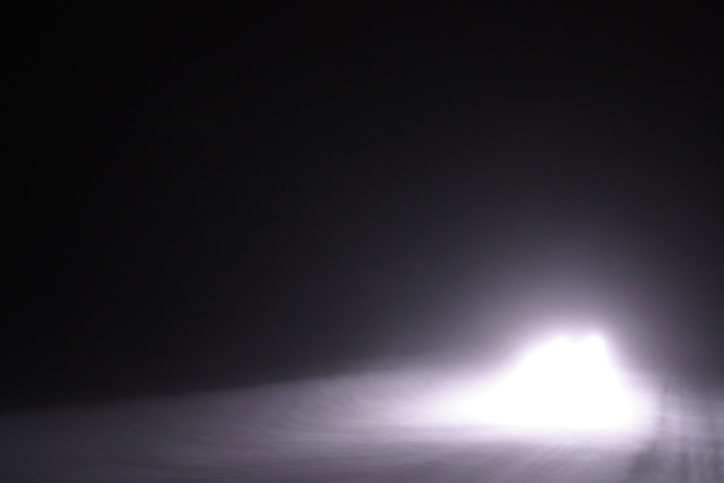By Glynn Castle, Safety Consultant
While driving down a dark, two-lane road at 50 MPH, the glare of an oncoming vehicle’s high beams suddenly appear. As the vehicle approaches it will become more and more difficult to see. It will take approximately two seconds after the vehicle passes for your eyes to readjust to low light conditions.
That means you will travel 150 feet, half the length of a football field, while virtually blind.
You’ve just experienced a common hazard known as night blindness, which occurs when the eye is adjusting from bright light to low light. During the day, we have very little problem collecting the visual information needed to drive, but at night it becomes extremely difficult to detect objects coming out of the surrounding darkness.
Not all night blindness is caused by bright headlights. We lose some of our night vision as a normal part of the aging process. Regardless of the cause, we can lose much of our ability to distinguish objects from the background (contrast sensitivity) and the ability to recognize objects at the edges of our visual field (peripheral vision).
Headlights limit our visual range to the cone shaped areas that are illuminated, which is typically only 250 to 350 feet up the road ahead. Outside of this “cone of light,” our contrast sensitivity and our peripheral vision is virtually non-existent. You have heard about “the deer caught in headlights,” but the one we can’t see is a much greater concern.
When night driving presents special challenges, be ready to react quickly and appropriately. As soon as you see headlights approaching, start slowing down to compensate for reduced vision. Continue at a slower speed for a few seconds after the car has passed. Slower driving speeds will allow more time to detect a hazard and respond to an emergency.
Turn your head slightly from side to side to help compensate for the loss of peripheral vision. In this way you won’t have to trust a quick glance out of the corner of your eye.
The following do’s and don’ts may be helpful in dealing with night blindness:
Do:
- Drive within the range of your headlights, not by what you think you see beyond your headlights;
- Adjust your rear view mirror to the “night” setting to avoid headlight glare;
- Avoid being blinded by oncoming headlights by focusing your eyes toward the side of the road;
- Clean your headlights; and clean your windshield (inside and out);
- Keep your eyes moving between the road and the rear- and side-view mirrors;
- Use your high beams when you can;
- Turn your head from side to side to increase your peripheral vision; and
- Turn your instrument lights down to reduce the glare on the windshield and side windows.
Don’t:
- Don’t exceed the appropriate speed for the driving conditions;
- Don’t depend on fog or parking lights when driving at dusk or dawn;
- Don’t keep your high beams on when another vehicle approaches;
- Don’t keep your interior lights on while driving your vehicle;
- Don’t stare into your side-view mirrors as cars pass; and
- Don’t use any type of medication that may change your night vision or cause drowsiness.
Have you experienced night blindness while driving? Do these tips help?



